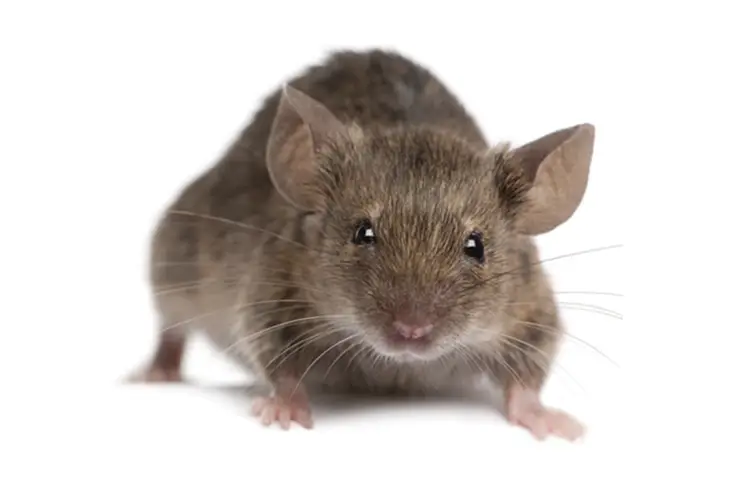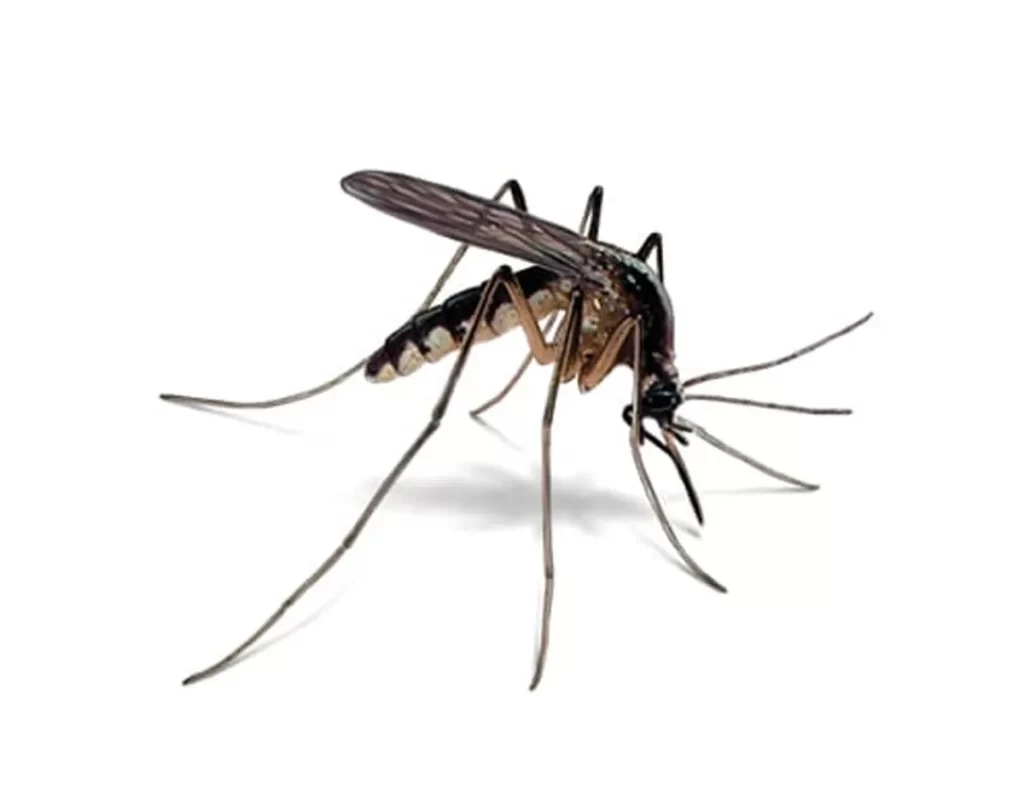Termites are one of the most destructive pests homeowners can face, and in Singapore’s warm, humid climate, they thrive. These silent invaders can cause significant damage to homes and buildings, leading to costly repairs. Understanding the importance of pest control in Singapore, particularly for termites, is crucial for safeguarding your property. This blog will explore termite infestations, why termite pest control is essential in Singapore, and the best methods to prevent and eliminate these pests.
Why Termite Pest Control is Crucial in Singapore
Termites are a major concern for homeowners in Singapore due to the tropical climate, which provides ideal conditions for these pests to thrive. Here’s why termite pest control should be a priority:
1. Structural Damage
Termites feed on cellulose found in wood, paper, and other organic materials. They can go unnoticed for long periods, silently eating away at the wooden structures of your home. By the time you notice the damage, it might be extensive, compromising the integrity of your property. Effective termite pest control in Singapore helps detect and address infestations early, preventing costly damage.
2. Rapid Infestation
Termites live in large colonies that can number in the millions. Once they establish themselves, they can quickly spread throughout your home. A single termite colony can consume significant amounts of wood in just a few months. Timely pest control in Singapore ensures that infestations are controlled before they become unmanageable.
3. Expensive Repairs
The cost of repairing termite damage can be substantial. Unlike other pests, termites cause damage that may require extensive renovations, such as replacing structural beams and floors. Investing in professional termite pest control services in Singapore is a cost-effective way to protect your property from these expenses.
4. Property Value
A termite infestation can significantly reduce the value of your property. Potential buyers are wary of purchasing homes with a history of termite problems. Regular termite inspections and pest control can help maintain your property’s value and ensure peace of mind for you and future buyers.
Common Types of Termites in Singapore
To effectively manage termite infestations, it’s important to know the common types of termites found in Singapore:
1. Subterranean Termites
Subterranean termites are the most common and destructive type in Singapore. They live underground and build mud tubes to reach food sources. These termites can cause severe structural damage, as they tunnel through wood, beams, and foundations.
2. Drywood Termites
Drywood termites infest dry wood and do not require contact with soil. They are often found in furniture, wooden flooring, and framing. Infestations can be difficult to detect because drywood termites live entirely inside the wood they consume.
3. Dampwood Termites
Dampwood termites prefer moist, decaying wood and are less common in homes but can be found in areas with high moisture levels, such as leaky roofs or plumbing. They are larger than other termite species and require regular pest control monitoring to prevent infestations.
Signs of Termite Infestations
Early detection is key to effective termite pest control. Here are some common signs of termite infestations to look out for:
1. Mud Tubes
Subterranean termites build mud tubes to travel between their nests and food sources. These tubes are often found on walls, foundations, and wooden structures. Breaking open a mud tube can reveal live termites, confirming an active infestation.
2. Swarmers
Termite swarmers are winged reproductive termites that emerge in large numbers to establish new colonies. Seeing swarmers indoors or around your property is a clear sign of a termite infestation. Discarded wings near windows, doors, or light sources indicate that swarmers have entered your home.
3. Hollow-Sounding Wood
Termites consume wood from the inside out, leaving behind a thin veneer. Tap on wooden structures, such as walls, floors, and furniture. If they sound hollow or you notice a papery texture, it may be due to termite damage.
4. Frass (Termite Droppings)
Drywood termites produce frass, which resembles small, wood-colored pellets. Finding piles of frass near wooden structures is a sign of a drywood termite infestation.
5. Damaged Wood
Termite-damaged wood may appear blistered, warped, or splintered. Small holes and tunnels within the wood are also signs of an infestation. Termites can damage wood quickly, so it’s important to act fast if you notice any of these signs.
Effective Termite Pest Control Methods
1. Regular Inspections
Scheduling regular termite inspections with a professional pest control service in Singapore is the best way to detect infestations early. Inspectors use specialized tools to identify signs of termite activity, even in hard-to-reach areas.
2. Chemical Barriers
Chemical barriers involve applying a liquid termiticide around the foundation of your home. This creates a protective barrier that kills termites on contact and prevents them from entering your property. Chemical barriers are an effective termite pest control solution for both prevention and active infestations.
3. Baiting Systems
Termite baiting systems use bait stations placed around your property to attract and eliminate termites. The bait contains a slow-acting toxin that termites carry back to their colony, effectively killing the entire colony over time. Baiting systems are a safe and environmentally friendly option for termite pest control.
4. Wood Treatments
Applying termiticides directly to wood can protect it from termite damage. Wood treatments are ideal for new constructions and renovations, providing long-lasting protection against termite infestations.
Preventing Termite Infestations
– Reduce Moisture: Termites are attracted to moisture, so fix leaky pipes, roofs, and gutters. Ensure proper drainage around your home to reduce soil moisture levels.
– Remove Wood and Debris: Keep firewood, lumber, and other wood debris away from your home’s foundation. Remove dead trees, stumps, and roots from your property.
– Use Treated Wood: Use termite-resistant or treated wood for construction and renovations. Treated wood is less attractive to termites and offers long-term protection.
– Maintain Your Home: Regularly inspect and maintain your home’s exterior. Seal cracks and gaps in your foundation, walls, and roof to prevent termite entry.
Conclusion
Termites pose a significant threat to homes and buildings in Singapore. Effective termite pest control is essential to protect your property from damage and maintain its value. By understanding the signs of termite infestations, using proven pest control methods, and implementing preventive measures, you can keep your home termite-free.
If you suspect a termite infestation or want to protect your property, contact Ardent Pest Management Pte Ltd at 69504138 or email Query@ardentpest.com.sg. Our experienced team provides comprehensive termite pest control services in Singapore, ensuring your home stays safe and secure.




